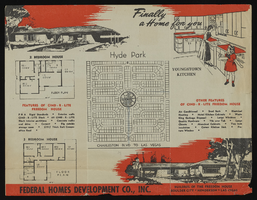Search the Special Collections and Archives Portal
Search Results
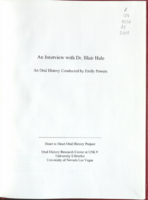
Transcript of interview with Blair Hale, by Emily Powers, June 16, 2006
Date
Archival Collection
Description
Text
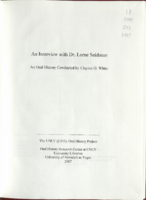
Transcript of interview with Dr. Lorne Seidman by Claytee D. White, November 14, 2006
Date
Archival Collection
Description
Text
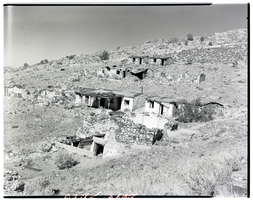
Film transparency of a ghost town, Delamar, Nevada, 1956
Date
Archival Collection
Description
Image
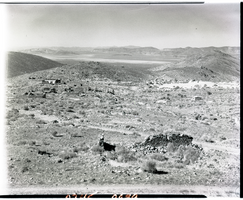
Film transparency of a ghost town, Delamar, Nevada, 1956
Date
Archival Collection
Description
Image

Film transparency of a ghost town, Delamar, Nevada, 1956
Date
Archival Collection
Description
Image

Interview with Lawrence Frerric Krenzien, September 8, 2005
Date
Archival Collection
Description
Text
MGM Mirage Records on Mandalay Resort Group
Identifier
Abstract
The MGM Mirage Records on Mandalay Resort Group consists of materials from Mandalay Resort Group’s office of public relations and community affairs records, which was closed after Mandalay’s corporate merger with MGM Mirage in 2005. The files, dating from 1968 to 2005, provide documentation of Mandalay Resort Group’s external affairs and internal operations. They contain subject files, photographs, negatives, slides, correspondence, VHS tapes, corporate publications, press releases, press kits, wholesale room agreements, hotel ephemera, employee newsletters, and press clippings. Of particular interest are files and photographs documenting the planning, development, construction, and opening of the Mandalay Resort Group properties.
Archival Collection
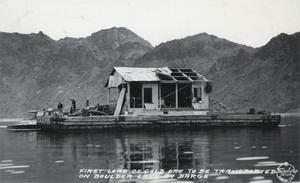
Postcard of a barge, Lake Mead, circa 1935-1950
Date
Archival Collection
Description
Image
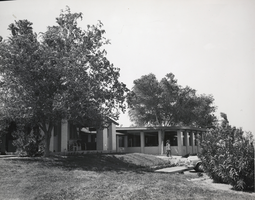
Photograph of the exterior of the Lake Mead Lodge, Nevada, circa 1940s to 1950s
Date
Archival Collection
Description
Image

